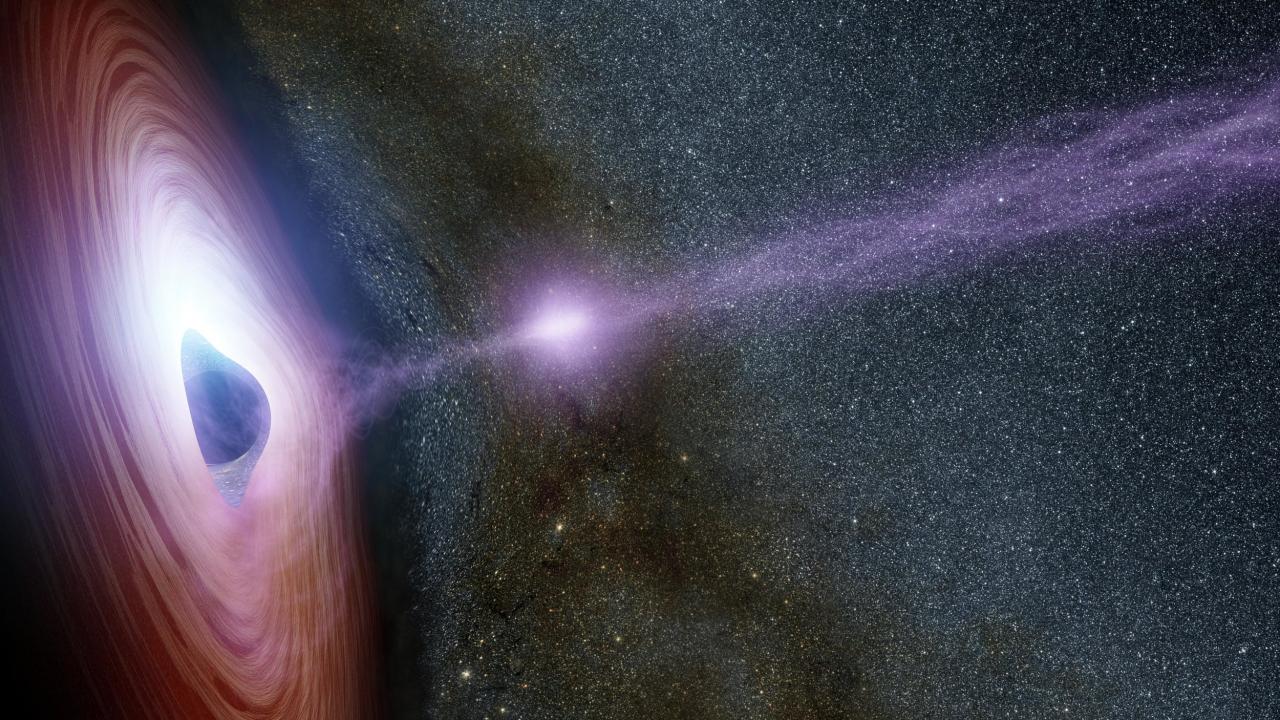
All “respectable” galaxies host massive black holes in their nuclear regions. About one in ten is in the “on” state, accreting gaseous matter from the rest of the galaxy. These are the Active Galactic Nuclei (or AGN). Extreme examples are called as quasars. In the remaining 9/10 systems, the nuclear black hole is “inactive” or dark. However, occasionally a hapless star is perturbed and is tidally disrupted by the nuclear black hole. The accretion power results in bright Tidal Disruption Events (TDEs). THe AGN group is interested in the variations of the light emitted by AGN as a way to diagnose the accretion process and the accretion disk while the the TDE group uses TDEs to infer the properties of inactive galaxies (which are otherwise quite dark).
Separately, gravitational wave interferometers have been routinely detecting coalescence of stellar black holes and physicists have been finding high energy neutrinos of extra-galactic origin. Some theories predict that black hole coalescences take place primarily in the nuclear regions and that TDEs are responsible for high energy neutrinos. Using ZTF we have found some observational evidence to support these ideas.
Results from our group have been widely featured in media, appearing in outlets such as Forbes, Scientific American, The Atlantic, CNN, and The New York Times.
Latest Publications
-
Candidate Tidal Disruption Event AT2019fdr Coincident with a High-Energy Neutrino
Simeon Reusch et al.
Date: 06-2022 -
A Family Tree of Optical Transients from Narrow-line Seyfert 1 Galaxies
Sara Frederick, Suvi Gezari, Matthew J. Graham et al
Date: 10-2021 -
AGNs on the Move: A Search for Off-nuclear AGNs from Recoiling Supermassive Black Holes and Ongoing Galaxy Mergers with the Zwicky Transient Facility
Ward, Charlotte; Gezari, Suvi; Frederick, Sara et al
Date: 05-2021
Multimedia
For only the second time, astronomers have linked an elusive particle called a high-energy neutrino to an object outside our galaxy. See R Stein et al., Nature Astronomy 5, 510-518 (2021)
